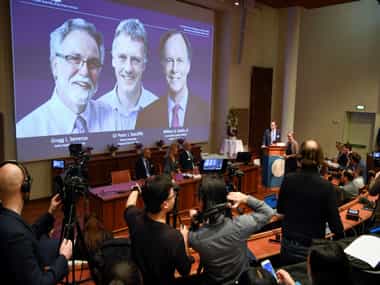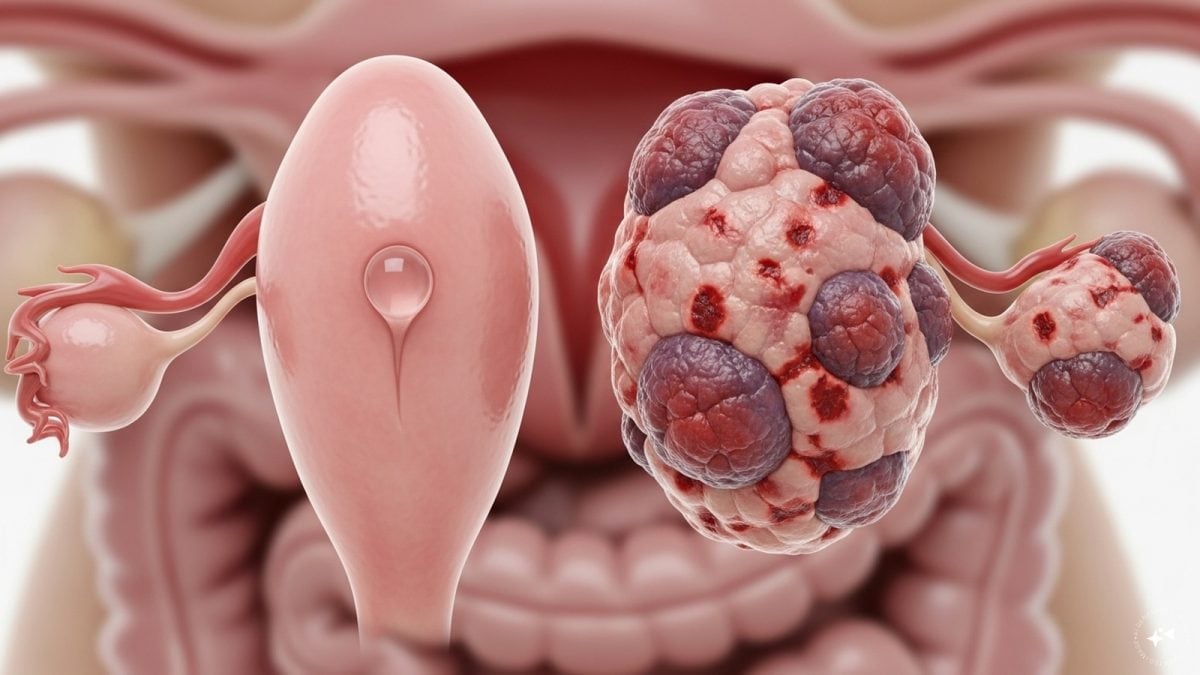On Monday at about 3 pm Indian time, William G Kaelin Jr, Sir Peter J Ratcliffe, and Gregg L Semenza joined the ranks of over 200 illustrious scientists to have won the Nobel Prize in Physiology or Medicine since 1901. Their research focused on how our bodies respond to change in oxygen availability at the molecular level. Dr William G Kaelin Jr is associated with the Dana-Farber Cancer Institute, a teaching affiliate of Harvard Medical School, and Dr Gregg L. Semenza works at Johns Hopkins University. Sir Peter HJ Ratcliffe is a British doctor who is a director of clinical research at the Francis Crick Institute in London.
BREAKING NEWS:
— The Nobel Prize (@NobelPrize) October 7, 2019
The 2019 #NobelPrize in Physiology or Medicine has been awarded jointly to William G. Kaelin Jr, Sir Peter J. Ratcliffe and Gregg L. Semenza “for their discoveries of how cells sense and adapt to oxygen availability.” pic.twitter.com/6m2LJclOoL
The research The body needs oxygen to convert food into energy. It also detects and adapts at a cellular level when there is less oxygen available. The research by the 2019 Nobel Laureates unveiled the complex mechanism by which this happens. While announcing the award, Randall Johnson of the Karolinska Institutet said that just as a candle needs the right amount of oxygen to burn wax cleanly, our cells adjust their metabolic rates as per the quantity of oxygen available to them. This allows each cell to use fuel for energy, for producing heat, and for tissue development. [caption id=“attachment_7464321” align=“alignleft” width=“380”] William G Kaelin Jr, Sir Peter J Ratcliffe, and Gregg L Semenza won the Nobel Prize in Physiology or Medicine. Reuters[/caption] The body also tends to get less oxygen when the muscles work and use up oxygen. Sometimes, the amount of oxygen changes systemically, such as with altitude. A wound or injury can also trigger a local hypoxic (low-oxygen) response. Oxygen levels can also drop in the case of a heart attack and other cardiovascular conditions. When the body detects low levels of oxygen, this induces angiogenesis (new blood vessels form), erythropoiesis (formation of red blood cells) and increased rate of glycolysis (break down of sugar into energy). In people who can’t get enough oxygen at high altitudes or who are anemic, the body responds by producing erythropoietin (EPO) hormone to create more red blood cells (a process known as erythropoiesis). While this hormone is produced by the kidneys, the Nobel Laureates found that cells all over the body can sense and respond to hypoxia. Dr Semenza, who now works at the Johns Hopkins, found that a protein complex called Hypoxia inducing factor 1 or HIF-1 alpha selectively turns this EPO production on and off in response to the body’s oxygen levels. (This is the gene that helps cancer cells survive in low oxygen conditions.) Dr Kaelin first found the connection between the VHL gene and HIF-1 alpha protein complex. Sir Ratcliffe added to this, saying that oxygen sensing is present in different cells of the body, and not just in the kidneys. According to the press release by the Nobel Assembly, Ratcliffe and his research group also explained how a gene called VHL interacts with HIF-1 alpha, VHL degrades HIF-1 alpha when normal oxygen levels are restored. The trio has previously received the 2016 Albert Lasker Basic Medical Research Award, an annual award that has been given since 1945 to people who have given notable contributions in the field of medicine. Key publications by the trio, as highlighted in the press release Semenza, G.L, Nejfelt, M.K., Chi, S.M. & Antonarakis, S.E. (1991). Hypoxia-inducible nuclear factors bind to an enhancer element located 3’ to the human erythropoietin gene. Proc Natl Acad Sci USA, 88, 5680-5684 Wang, G.L., Jiang, B.-H., Rue, E.A. & Semenza, G.L. (1995). Hypoxia-inducible factor 1 is a basic-helix-loop-helix-PAS heterodimer regulated by cellular O2 tension. Proc Natl Acad Sci USA, 92, 5510-5514 Maxwell, P.H., Wiesener, M.S., Chang, G.-W., Clifford, S.C., Vaux, E.C., Cockman, M.E., Wykoff, C.C., Pugh, C.W., Maher, E.R. & Ratcliffe, P.J. (1999). The tumour suppressor protein VHL targets hypoxia-inducible factors for oxygen-dependent proteolysis. Nature, 399, 271-275 Mircea, I., Kondo, K., Yang, H., Kim, W., Valiando, J., Ohh, M., Salic, A., Asara, J.M., Lane, W.S. & Kaelin Jr., W.G. (2001) HIFa targeted for VHL-mediated destruction by proline hydroxylation: Implications for O2 sensing. Science, 292, 464-468 Jakkola, P., Mole, D.R., Tian, Y.-M., Wilson, M.I., Gielbert, J., Gaskell, S.J., von Kriegsheim, A., Heberstreit, H.F., Mukherji, M., Schofield, C.J., Maxwell, P.H., Pugh, C.W. & Ratcliffe, P.J. (2001). Targeting of HIF-a to the von Hippel-Lindau ubiquitylation complex by O2- regulated prolyl hydroxylation. Science, 292, 468-472 Health articles in Firstpost are written by myUpchar.com, India’s first and biggest resource for verified medical information. At myUpchar, researchers and journalists work with doctors to bring you information on all things health.


)

)
)
)
)
)
)
)
)



